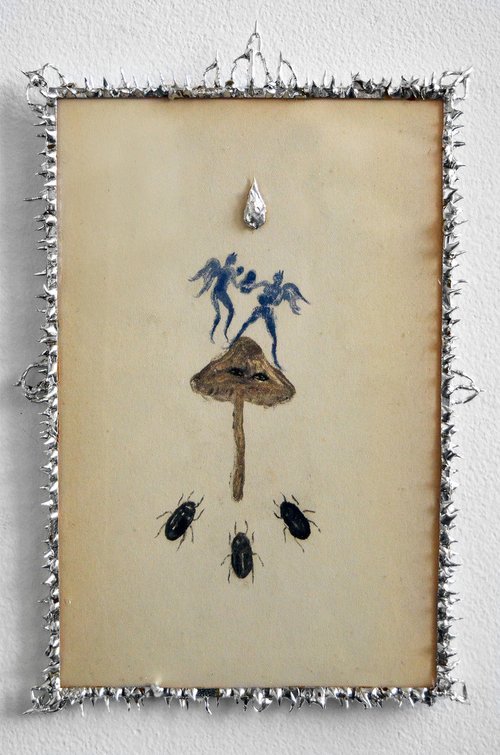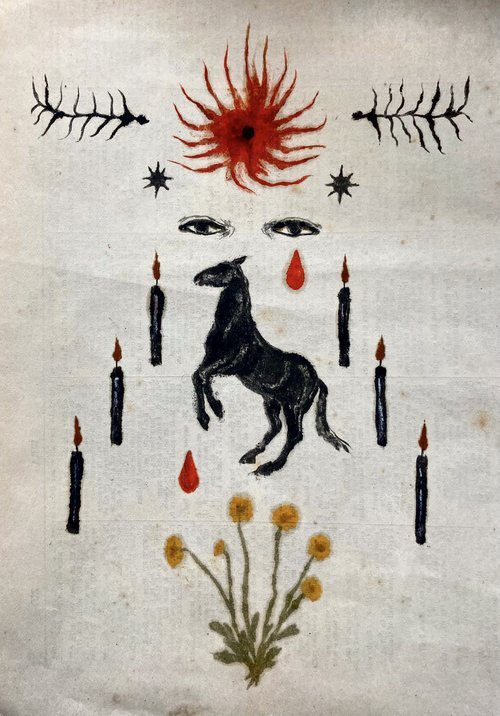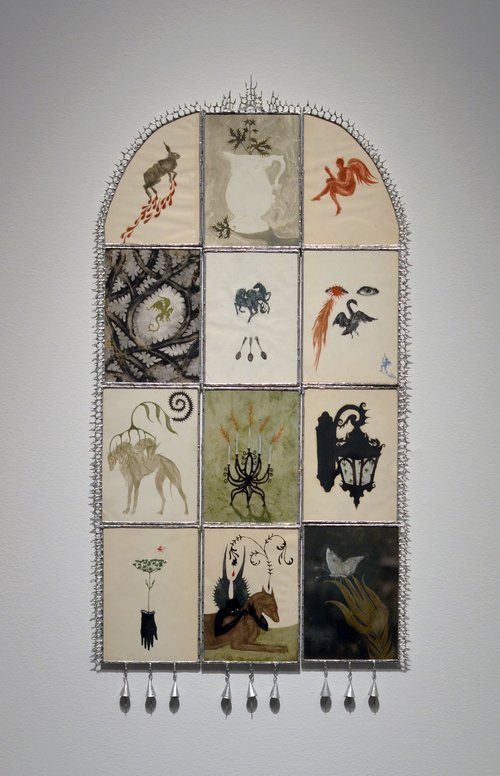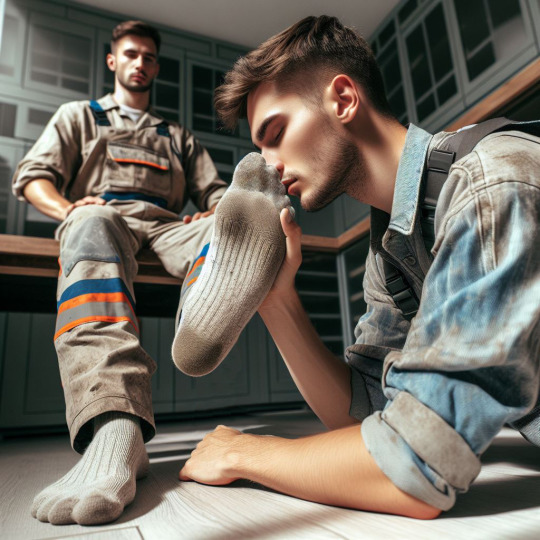#Construction
Explore tagged Tumblr posts
Text

Long before OSHA and safety belts, a man works on the construction of the Empire State Building, 1930.
Photo: Lewis W. Hine via Weebly
#vintage New York#1930s#Lewis Wickes HIne#Lewis W. Hine#Empire State Building#heights#construction#1930s New York#old New York#construction worker
43 notes
·
View notes
Text

Delaware Aqueduct during construction, between 1937-1953
30 notes
·
View notes
Text

Sketches for the film
"Ivan's Childhood", 1962
Andrei Tarkovsky
#andrei tarkovsky#ivan’s childhood#art#sketch#construction#nature#photography#phototography on tumblr
18 notes
·
View notes
Text
Speaking of numbers, still puzzled as to why Brenner mentioned 6 (and he says "six" twice, s1e8). cryptic no.



Construction/destruction

I absolutely love the "Buried Memories" scene with El and Papa.
"Papa" tells El that she has repressed trauma, and demons from her past are "invading from [her] subconscious".
Thing is, I'm absolutely confident that El is a part of Will and has Will's memories. Why? MANY reasons but for one, we cut from El tapping into her traumatic past memories to...

A construction worker.
Who is associated with construction?
Lonnie.





I've brought this up many times before but I cannot emphasize how significant this clue is. Larry is basically the same name as Lonnie, they are both nicknames of Laurence. Will only "vaguely" remembers the construction guy aka his own father due to the extremely traumatic memories.

(While possessed by the MF (father) Billy says "we've been building it". Also, the "source" in ST3 happens to be a steel factory...)
Lonnie "builds" in a destructive way. He hammers wood right in the entry point for Will to return to the right side up. He "builds" to destroy.




Will also builds! But the way he does it is to provide protection. He drew then created.




The protection he built is later destroyed when "he" (Demogorgon/MF/Deep Father/Lonnie) returns...


The construction worker we see after El taps into the repressed memories says "I'm taking five" and he is told "You just took five."
Obviously on the surface he is just simply saying that he's taking a break. But, as we know with ST, there's a deeper meaning here.
I think this relates to...


"It was a seven. The Demogorgon, it got me."

(See that "7" on the top left when that line is said...)
I've said this before but I do strongly believe this is a coded message he's telling Mike about his past. "Friends don't lie" is such an important aspect to their friendship. Will is terrified of the truth of what happened to him, but he doesn't want to lie by omission to Mike. He trusts Mike enough to tell him the truth... but the message is "sensitive", he tells it in a coded way. That's why Mike is confused.
Will was twelve years old when he said this and when he vanished.
12 - 7 = 5.
That's why I think he said "it was a seven". Something awful happened to him when he was only 5 years old (in 1976). This is likely why we are apparently getting a flashback scene when he was that age...
The Demogorgon/construction worker/Lonnie kidnapped/took Will away when he was five years old. He apparently already took a five too which is interesting...



This makes me think:
Lonnie kidnapped Will at five years old. Will managed to escape and protect/defend himself... he ward off the "evil spirits". Then he was kidnapped a second time.
35 notes
·
View notes
Text
Oscar de la Renta: 'Crafted like a mosaic, discover the making-of the #odlrfall2024 stained glass gown — ushering in a a new House-signature embroidery technique.'

Constructed from hundreds of polyamide panes, hand-sewn together in an Art Nouveau style reminiscent of Tiffany glass. Ready-to-wear: £36,546.


#oscar de la renta#fashion#savoir faire#metiers d'art#video#process video#fall 2024#stained glass#couture embroidery#construction#atelier#2024#pattern#surface pattern#surface pattern design#pattern design#textile design#textiles#wisteria#flowers#floral#polyamide#plastic#art nouveau#tiffany glass#louis comfort tiffany#art history#design history
28K notes
·
View notes
Text

Wood is wood, right?
4K notes
·
View notes
Text







Laura Benson
#artist#illustration#construction#jewellery#art#folk art#mythology#pendant#tapestry#decor#kitsch#drawing
16K notes
·
View notes
Text
I truly, TRULY do not know how to say this, because the fact that I have to say it makes me feel like I am losing my grip on reality. But no, in the post-capitalistic anarchist utopia, I will not be relying on “autistic minecraft girlies” to be building inspectors because - and this may shock you - one of those occupations takes years of education in how to read and interpret hundreds of thousands of lines of regulations based on complicated math and physics that were the result of decades of tragedy and death, and the other one involves playing a children’s video game.
#i am begging this website. BEGGING it. to stop acting like building codes are state oppression#and please stop reducing blue collar jobs to 'so easy any handyman could do it with a youtube video'#that's how people fucking die#i didn't spend five years learning how to do my job safely to watch people online tell me it could've just been a course in high school#i know that this is like. a minority minority opinion and not really worth getting worked up over#but it's so annoying to see supposed leftists denigrating blue collar jobs like this#same poster also opined that we won't need garbagemen#because 'if the trash is bothering people they'll figure out a way to clean it without having to pick it up'#like what??? does that even fucking mean????#construction
18K notes
·
View notes
Text

The Three Gorges migration monument, Fengjie County, not finished and demolished in 2009. From Highway 318, Luo Dan, 2006.
791 notes
·
View notes
Text

Got caught sneaking around in the construction site’s locker room
#gayguy#gayteen#gay men#gay boys#gayfeet#gay toon#gayfootworship#gay foot play#gayfootlover#feetfinder#feetporn#guys in socks#smelly socks#dirty socks#construction#feetish#feetpics#gay tradie#gayaiart#gay ai
673 notes
·
View notes
Text
ben
6K notes
·
View notes
Text
Moooola
434 notes
·
View notes
Text
hell_yeah.mp4
1K notes
·
View notes
Text

Art Deco
805 notes
·
View notes
Text

Going up. Skyscrapers. 1928. Cover art.
Internet Archive
460 notes
·
View notes